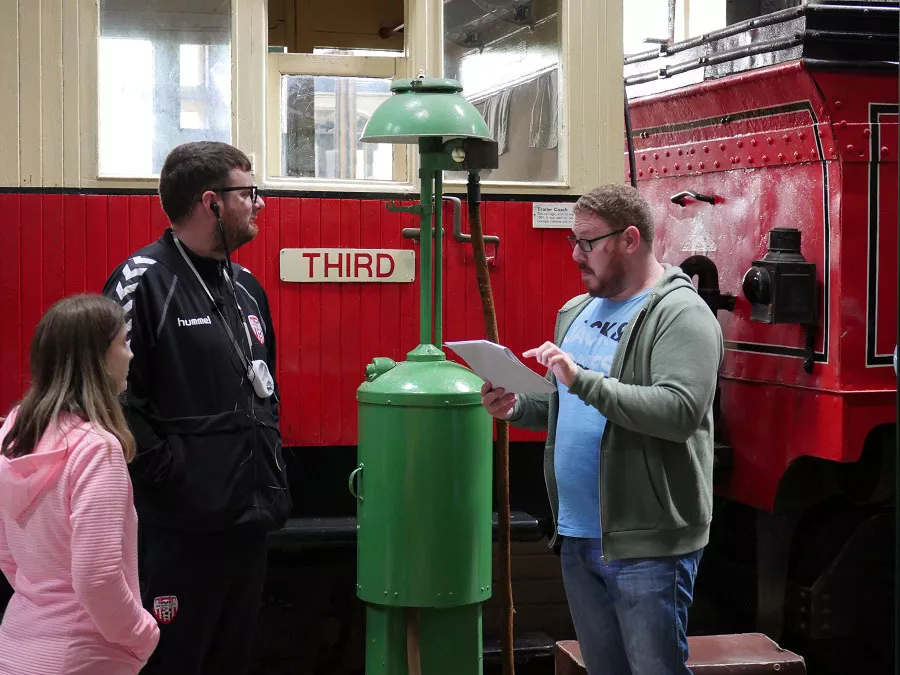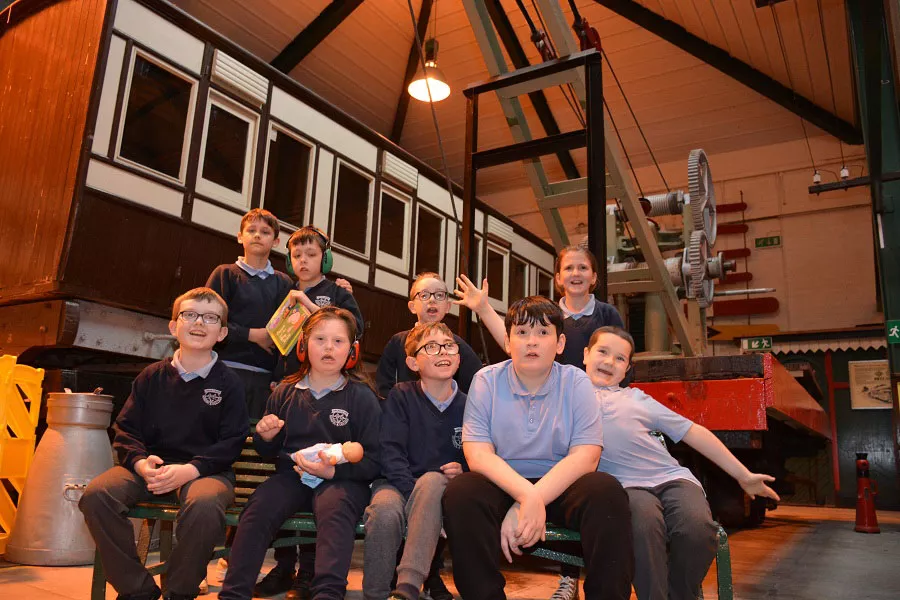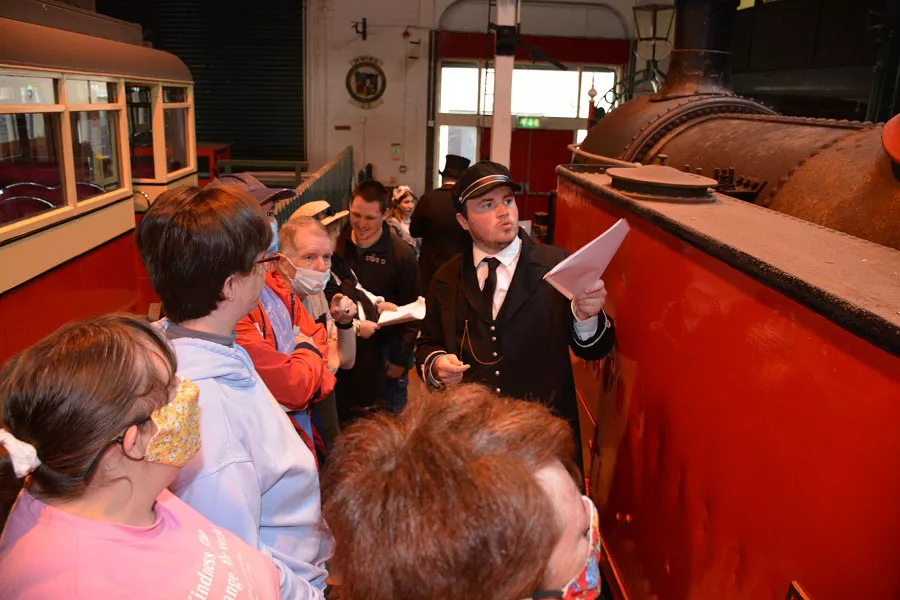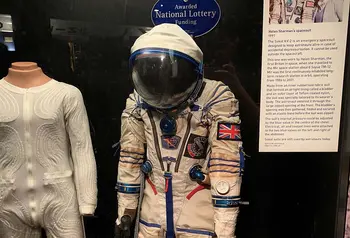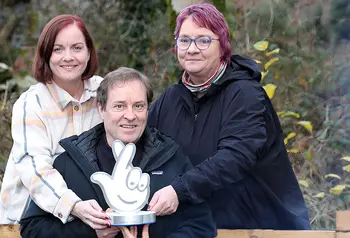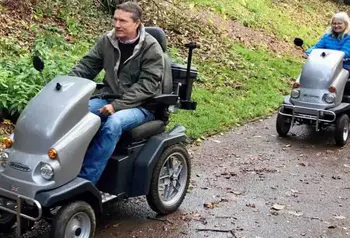Why you should involve people with lived experience in your heritage project
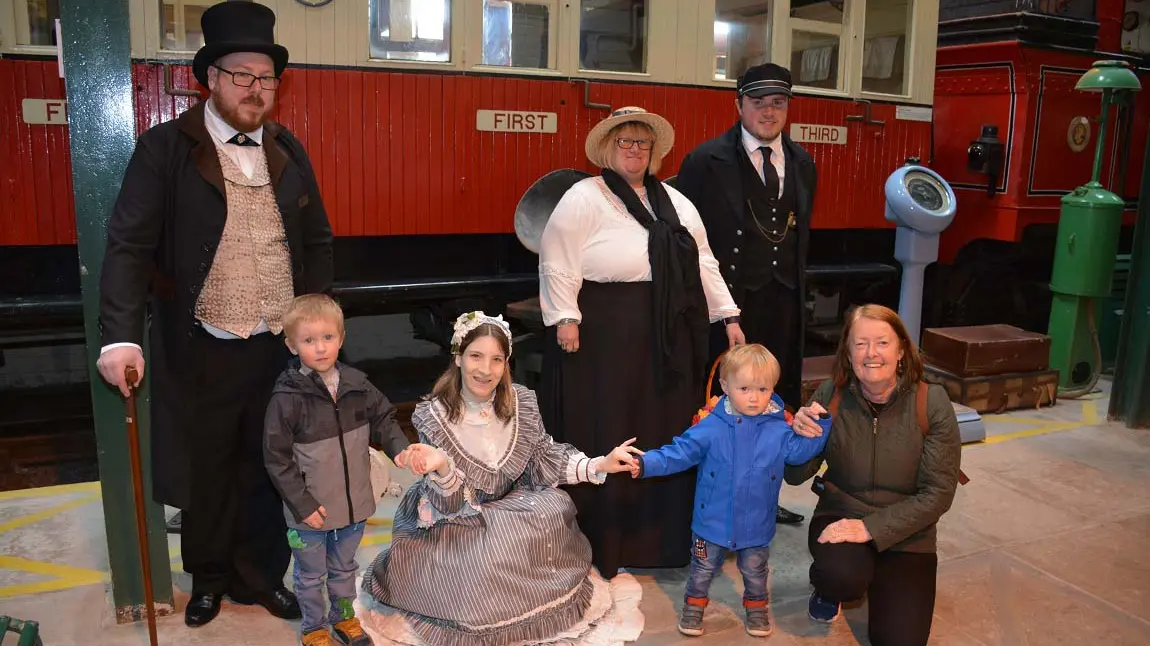
The Foyle Valley Railway and Transport Museum’s status as an inclusive visitor attraction is thanks in large part to its work with people with learning disabilities.
Community support organisation, Destined, ran a social inclusion programme to make the museum as accessible to as many people as possible.
The two-year project, supported by the Heritage Fund, included the design of an interpretive centre for the museum, research and oral history recording, and staff training for roles such as tour guides.
The involvement of people with learning disabilities led to the interpretive centre including:
- a hearing loop for people with compatible hearing aids or cochlear implants
- sensory-friendly tours for blind or partially sighted visitors and people with autism
- mounted printed panels
- accessible audio-visual presentations and augmented reality visualisations
Not only does it brings young people into a heritage setting, it gives them a better understanding of diversity through engagement with people with learning disabilities.
Caroline O’Hara, Project Manager at Destined
Caroline O’Hara, Project Manager at Destined, says: “Destined has an overarching ethos of social inclusion between its members with a learning disability and the wider community. This is core to every aspect of the work we do.
“The project has sought to engage the local community, youth groups, schools and railway enthusiasts and work in partnership with people with learning disabilities – to preserve and enhance the north west’s railway heritage within the museum.
“Not only does it brings young people into a heritage setting, it gives them a better understanding of diversity through engagement with people with learning disabilities.”
Derry/Londonderry’s rich railway heritage
Foyle Valley Railway and Transport Museum is dedicated to the railway history of Derry/Londonderry and the surrounding area.
Within the displays of memorabilia – from steam and diesel engines, to carriages and goods wagons – visitors can find out about the various railway companies which once operated in and out of the city.
At the heart of the exhibition is a recreated railway station platform including the majestic County Donegal Railway steam locomotive ‘Columbkille’. Visitors can ride on a real County Donegal Railway diesel train on a two-mile stretch of track alongside the River Foyle.
The Foyle Valley Railway and Transport Museum is built upon a model of inclusion.
Caroline O’Hara, Project Manager at Destined
Power sharing and co-creation
Championing the contributions of people with lived experience means not only involving them in a project, but empowering them to actively shape it and paying them for their expertise.
Removing the hierarchy of project leaders versus participants fosters co-creation and ensures the work is fully informed by people who best understand the need for it.
Caroline says: “Heritage not only needs to be accessible but also relevant. There can be a misconception that museums cater to the intellectual and elite.
“The Foyle Valley Railway and Transport Museum is built upon a model of inclusion.
“Our project embarked on a major publicity strategy through audio, visual, print and digital media. Destined used its wide network of contacts to advertise the museum’s project and events – with the key message that the museum was an accessible venue to everyone in the community.”
More inclusive projects
We expect every project we fund to embed inclusive practice – read more in our inclusion guidance.
Explore how we’re investing in heritage projects that support people with disabilities and provide a platform for their voices and experiences.
